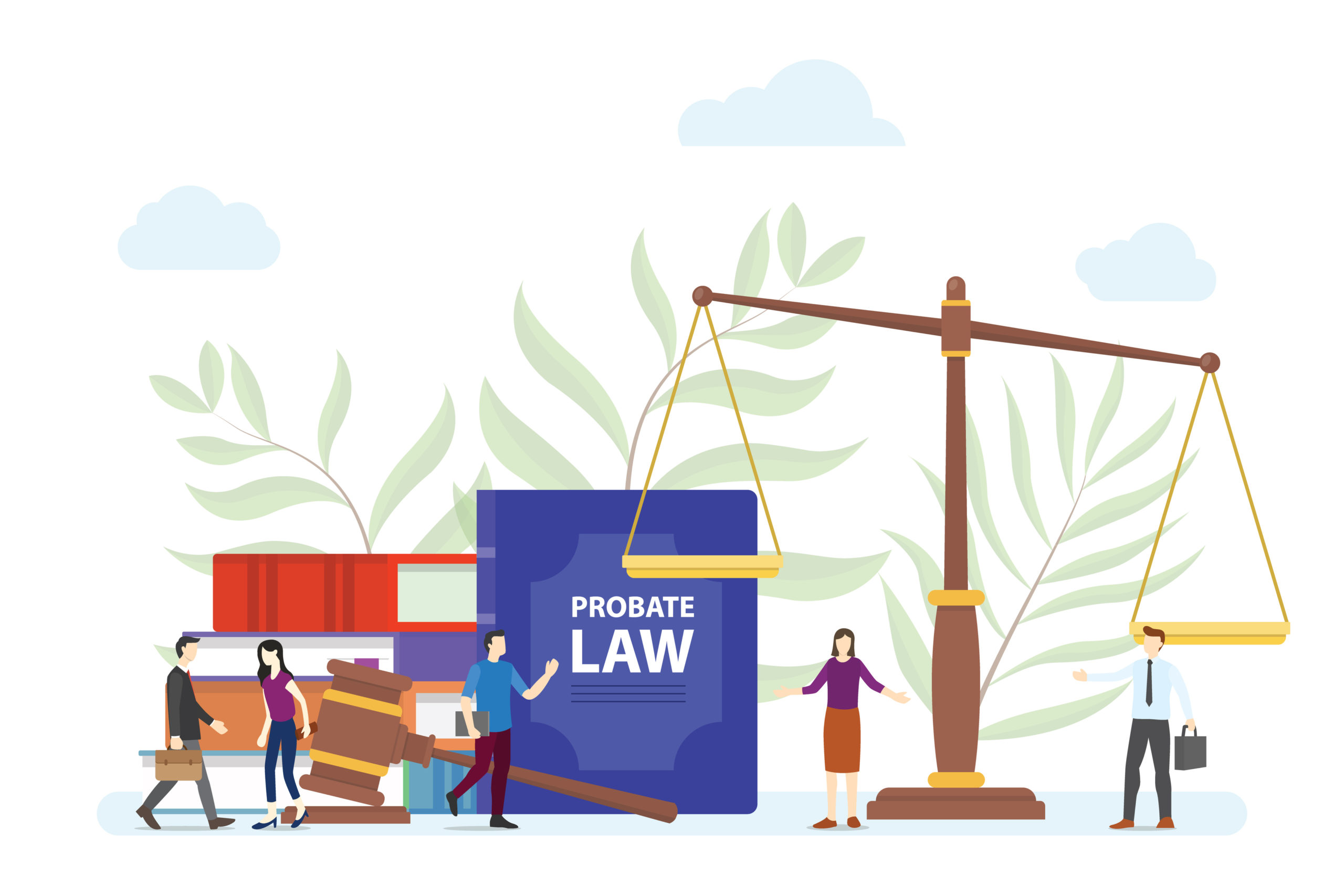When someone passes away (referred to as a “Decedent”), it can often be a confusing and frustrating process to collect their assets, especially if you are told that you will need to go through a probate to do so.
Assets of the Decedent with surviving joint owners or surviving beneficiaries are considered non-probate assets and are relatively simple to collect. Conversely, assets that are owned solely by the Decedent without beneficiary designations are considered probate assets and can be more complicated to collect.
Probate is a Court process which is initiated by filing certain documents with the Court in the County where the Decedent was residing at the time of their death. The Court then appoints a Personal Representative (also known as an Executor) who is then responsible for: notifying all of the interested parties of the probate proceedings (such as heirs, creditors, and devisees in a Will); locating the assets of the Decedent; collecting the assets of the Decedent; settling the debts of the Decedent; and, ultimately, distributing the assets of the Estate of the Decedent to the appropriate individuals. This process typically takes at least six months to complete, from the initiation of the probate to the distribution and closing out of the Estate.
Probate can often be an intimidating process, as most individuals serving as Personal Representative have never done so before and are unfamiliar with the steps that need to be taken and the different deadlines that apply. The services of an attorney to assist in the probate process are considered a benefit to the Estate and can generally be paid out of the Estate assets. If you have questions about the probate process or are looking for an attorney to assist you with a Minnesota or a Wisconsin probate, please contact the author of this post: Attorney Mallory Moen at 952-460-9267 or [email protected].

